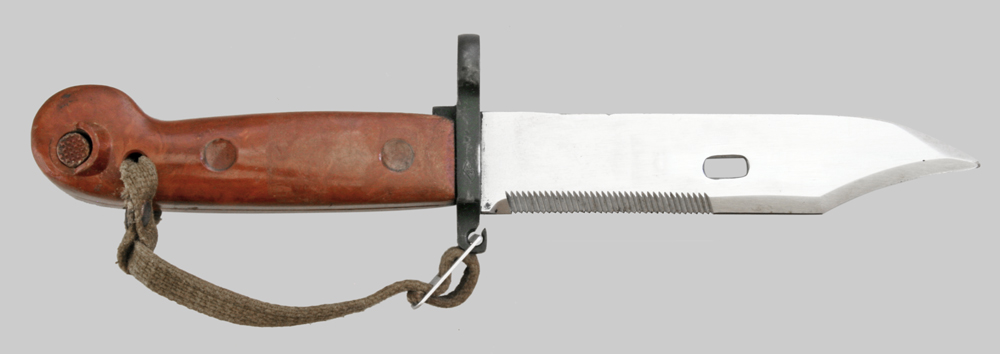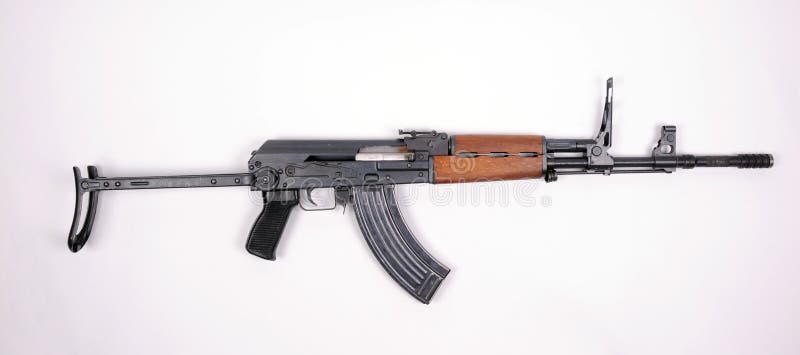
Chrome bore lining is common in military rifles. In most variants (Yugoslav models being the most notable exception), the barrel is chrome-lined for increased wear and heat tolerance from sustained fire and to resist corrosion from chlorate-primed corrosive ammunition, as well as to facilitate cleaning.

As it is triangular in cross section with only one way to properly insert it (notches up), slamfires can also result if the firing pin is inserted in one of the other two orientations. For collectors, slamfires are more likely when the bolt still has remnants of Cosmoline embedded in it that retards firing pin movement. This behavior is less likely with the hard primer military-spec ammo for which the SKS was designed, but as with any rifle, users should properly maintain their firearms. SKS firing pins that are stuck in the forward position have been known to cause accidental "slamfires" (the rifle firing on its own, without pulling the trigger and often without being fully locked). Because of this design, care must be taken during cleaning (especially after long storage packed in Cosmoline) to ensure that the firing pin can freely move and does not stick in the forward position within the bolt. While early (1949–50) Soviet models had spring-loaded firing pins, which held the pin away from cartridge primers until struck by the action's hammer, most variants of the SKS have a free-floating firing pin within the bolt. If necessary, they can be reloaded multiple times and reused. In typical military use, the stripper clips are disposable. Cartridges stored in the magazine can be removed by pulling back on a latch located forward of the trigger guard (thus opening the "floor" of the magazine and allowing the rounds to fall out). The SKS's ten-round internal box magazine can be loaded either by hand or from a stripper clip. As a result, it has a slightly higher muzzle velocity than those arms that replaced it. The SKS represents an intermediate step in the process towards the development of true assault rifles, being shorter and less powerful than the semi-automatic rifles that preceded it, such as the Soviet SVT-40, but being longer (10 cm or 4in) than AK-series rifles which replaced it. This allows the fired case to be ejected and a new round from the magazine to be carried into the chamber. At the moment of firing, the bolt carrier is pushed rearwards, which causes it to lift the bolt, unlocking it, and allowing it to be carried rearwards against a spring.

The bolt is locked to contain the pressure of ignition at the moment of firing by tilting downwards at its rear and being held by a lug milled into the receiver. It is a gas-operated rifle that has a spring-loaded bolt carrier and a gas piston operating rod that work to unlock and cycle the action via gas pressure exerting pressure against them. The SKS has a conventional layout, with a wooden stock and rifle grip. Beginning in the 1980s, a number were also sold on the civilian market in North America, where they remain popular as hunting and sporting rifles.Ī field-stripped SKS carbine (disassembled into major components for cleaning). The SKS was exported in vast quantities and found favour with insurgent forces around the world as a light, handy weapon which was adequate for guerrilla warfare despite its conventional limitations.
Yugo ak 47 bayonet license#
Throughout the Cold War, millions of additional SKS carbines and their derivatives were also manufactured under license in the People’s Republic of China, as well as a number of countries allied with the Eastern Bloc.

The SKS was manufactured at Tula Arsenal from 1945 to 1958, and at the Izhevsk Arsenal from 1953 to 1954, resulting in a total Soviet production of about 2.7 million. Nevertheless, SKS carbines continued to see service with the Soviet Border Troops, Internal Troops, and second-line and reserve army units for decades. As the SKS lacked select-fire capability and its magazine was limited to ten rounds, it was rendered obsolete in the Soviet Armed Forces by the introduction of the AK-47 in the 1950s. Its distinguishing characteristics include a permanently attached folding bayonet and a hinged, fixed magazine. The SKS was first produced in the Soviet Union but later widely exported and manufactured by various nations. The SKS ( Russian: Самозарядный карабин системы Симонова, romanized: Samozaryadny Karabin sistemy Simonova, 1945, self-loading carbine of (the) Simonov system, 1945) is a semi-automatic rifle designed by Soviet small arms designer Sergei Gavrilovich Simonov in 1945. Hooded post front sight, tangent notch rear sight graduated from 100 to 1,000 meters. Short stroke gas piston, tilting bolt, self-loadingġ0 round stripper clip, internal box magazine. An SKS from the collections of Armémuseum, Stockholm, Sweden


 0 kommentar(er)
0 kommentar(er)
